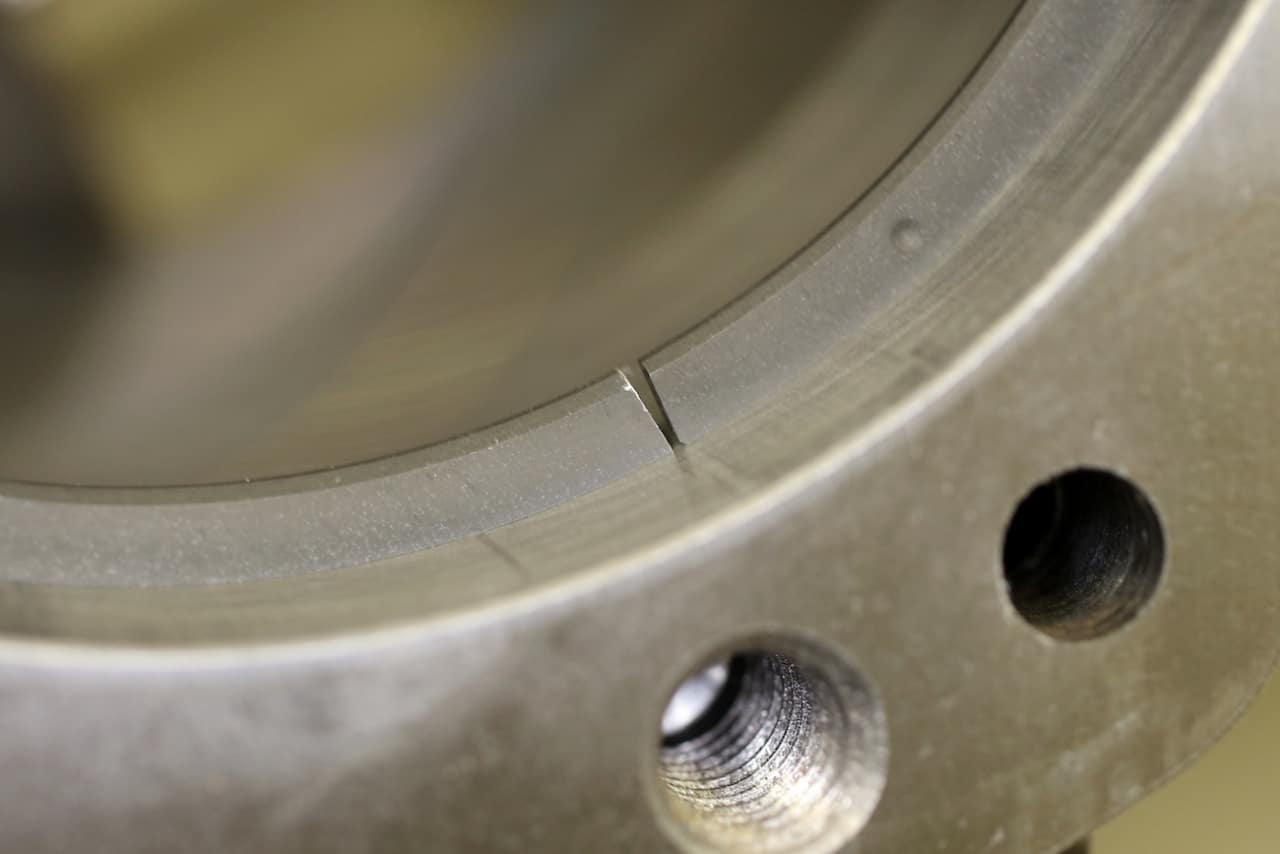ASK THE MXPERTS: BETTER PUT A RING ON IT, BUT MAKE SURE IT FITS
Dear MXA,
How do I check the ring end gap when replacing a piston in my 2018 KTM 125SX?
End gap is important because it controls how well your new rings will seal, taking heat expansion into account. If the ring gap is too tight, the ring will bind on the piston’s locating pin. If it’s too loose, you could get blow-by, but looser is better than tighter when it comes to ring gap. Too loose is less of a problem, to a point. You have to check ring gap before you put your cylinder back on your engine. The only tools you really need are a quality metric feeler gauge and a file.
First, slide the piston ring into the cylinder about 1/2-inch down from the top of the cylinder. Do not measure the ring end gap with the ring at the very top edge of the cylinder. Why not? Checking ring gap at the top of the cylinder will give you a false reading. You want to measure the ring gap a half-inch down because that is where the piston ring is in the meat of the working part of the piston’s stroke. Once the piston ring is in position and squared up with the cylinder, use your feeler gauge to measure the end gap. On the KTM 125SX, the owner’s manual lists ring gap at 0.40mm (0.0157 inches). Ring gap is often listed by piston manufacturers as a range. If you are going to gamble, always gamble on the higher side when it comes to ring gap. Additionally, if you are using an aftermarket piston, follow the recommended end gap ranges. For example, Vertex wants a minimum of 0.25mm and a maximum of 0.50mm of ring gap. If your ring is out of the recommended range, you can use a file to grind down the ring to make it fit looser (no amount of filing will make it tighter).





Comments are closed.